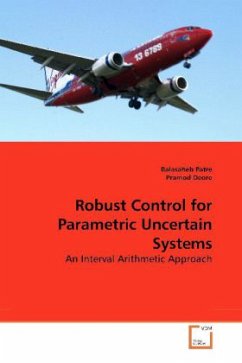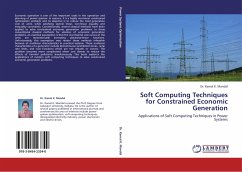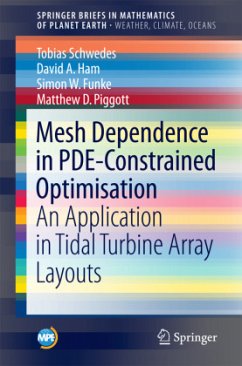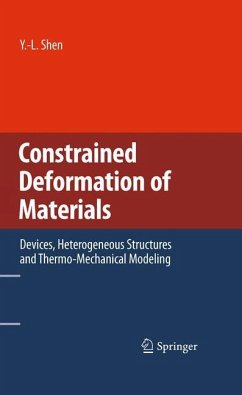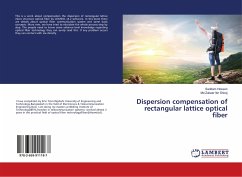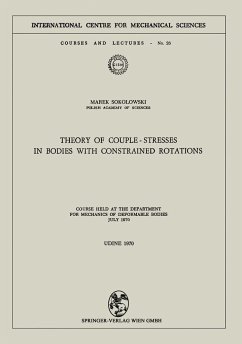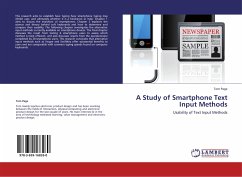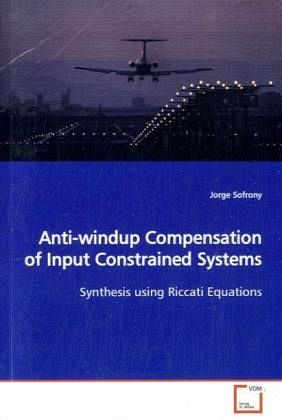
Anti-windup Compensation of Input Constrained Systems
Synthesis using Riccati Equations
Versandkostenfrei!
Versandfertig in 6-10 Tagen
52,99 €
inkl. MwSt.

PAYBACK Punkte
26 °P sammeln!
This work studies the design and implementation ofanti-windup compensators for systems with magnitudeand rate-limited actuators; the work contains fourmain contributions. The first is the development of anew method for anti-windup compensator design, basedon the solution of a single Riccati equation, forsystems with magnitude saturated actuators. Thesecond contribution shows how this new method can beadapted to systems with rate saturation. The thirdcontribution describes the application of theanti-windup techniques developed to a complexexperimental aircraft model in order to reduce thesuscep...
This work studies the design and implementation of
anti-windup compensators for systems with magnitude
and rate-limited actuators; the work contains four
main contributions. The first is the development of a
new method for anti-windup compensator design, based
on the solution of a single Riccati equation, for
systems with magnitude saturated actuators. The
second contribution shows how this new method can be
adapted to systems with rate saturation. The third
contribution describes the application of the
anti-windup techniques developed to a complex
experimental aircraft model in order to reduce the
susceptibility to pilot-induced-osicalltions. The
work culminates with a description and analysis of
the implementation of these anti-windup compensators
on a real aircraft and the subsequent flight tests.
The flight test results clearly illustrate the
advantages of employing anti-windup compensation in
terms of improved handling qualities and reduced
susceptibility pilot-induced-oscillations.
anti-windup compensators for systems with magnitude
and rate-limited actuators; the work contains four
main contributions. The first is the development of a
new method for anti-windup compensator design, based
on the solution of a single Riccati equation, for
systems with magnitude saturated actuators. The
second contribution shows how this new method can be
adapted to systems with rate saturation. The third
contribution describes the application of the
anti-windup techniques developed to a complex
experimental aircraft model in order to reduce the
susceptibility to pilot-induced-osicalltions. The
work culminates with a description and analysis of
the implementation of these anti-windup compensators
on a real aircraft and the subsequent flight tests.
The flight test results clearly illustrate the
advantages of employing anti-windup compensation in
terms of improved handling qualities and reduced
susceptibility pilot-induced-oscillations.



